OneFootball
Alex Mott·5 November 2020
🕵️♂️ Football League Focus: Sheffield Wednesday
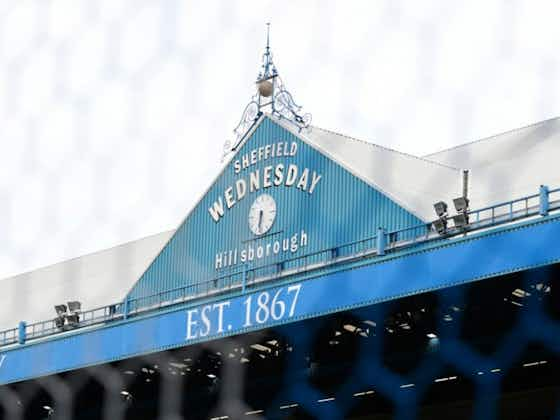
In partnership with
Yahoo sportsOneFootball
Alex Mott·5 November 2020

Welcome to our latest series here at OneFootball where we’re shining a light on one Football League club each week.
It’s our chance to go in-depth on sides that don’t normally attract our attention and hold up a magnifying glass to the plethora of brilliant stories outside the Premier League.
So far we have looked at:
This week we’re off to the city that, like Rome, is built on seven hills but unlike the Italian capital hosts the World Snooker Championships and the National Videogame Museum: it’s Sheffield Wednesday.

One of the oldest professional clubs anywhere in the world, Sheffield Wednesday take their name from Darnall Wednesday, a works team in the 1840s whose day off was, you guessed it, Wednesday.
Cricket was the main leisure activity in those days but at the Adelphi hotel in September 1867, Sheffield Wednesday Football Club was born with over 60 members in that very first week.
Wednesday were the most popular club in the country during their first few years of existence and hold the unique honour of having a player represent England in the first ever international cricket match and the first ever international football match.
This then, is a club with an astonishing backstory: a pre-War giant who had a dynasty many thought would never end.
End it did, however the Steel City side had a second forging of talent in the early 90s when they became a founding member of the Premier League, had one of the most exciting sides around and were regularly being watched by one of the largest crowds in Britain.
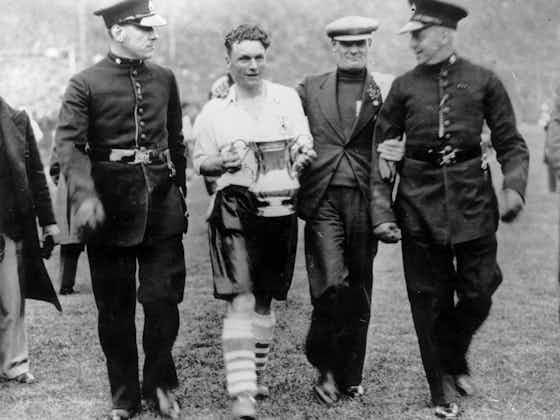
It’s hard to overstate just how big a club Wednesday were during the pre-War years.
Football at that time, as a working class game, was based almost solely around centres of industry and there was nowhere more productive and fierce than Sheffield.
A steel town that made cutlery famous the world over, Sheffield was a hotbed of work and therefore a hotbed of young men ready to play football.
Sheffield had its very own FA Challenge Cup in 1877, such were the amount of teams in the city, and Wednesday were by far the best.
In Scotland international Jack Lang, they had arguably the world’s best player and in 1880, he had the distinction of becoming the world’s very first professional.

By 1930, Wednesday had already won eight major trophies including two FA Cups, four First Division titles and two Second Division titles, and didn’t finish lower than third in the First Division between 1927 and 1936 – a record that still stands to this day.
The club were steamrollering all before them and completed their 30-year period of dominance in 1935 when they won the FA Cup again, beating West Brom 4-2.
The good times seemed like they would never end but the outbreak of the second world war halted football across Europe for five years and Wednesday never really recovered.
There was a brief high in the mid-to-early 1960s when they went toe-to-toe with Tottenham’s immortal double winners and finished second behind that same side in 1961.
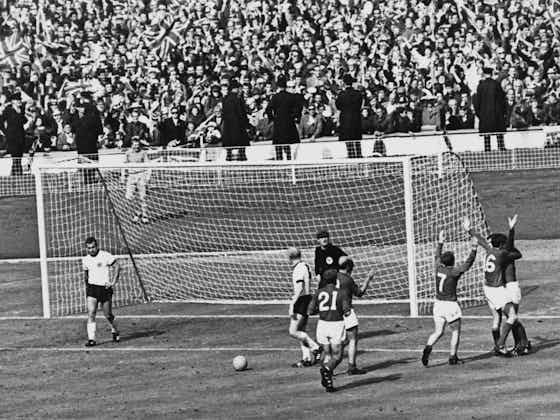
Dark times followed (more of which later) but the 1990s seemed to spark new life into the Hillsborough outfit.
Ron Atkinson and his fur coat were in charge in 1991 when a then Second Division Wednesday beat Manchester United in the League Cup final, claiming their first piece of major silverware since 1935 and becoming the last team to win one of England’s two main trophies whilst still being in the second tier.
It’s also a result that produced perhaps the best piece of trivia in English football – a Sheffield Wednesday fanzine is called War of the Monster Trucks because that’s what ITV showed post-game, rather than watch Wednesday captain Nigel Pearson lift the trophy.
Atkinson left for Aston Villa that summer but Sheffield was clearly the place to be as Wednesday went back into the top flight and finished a remarkable third.
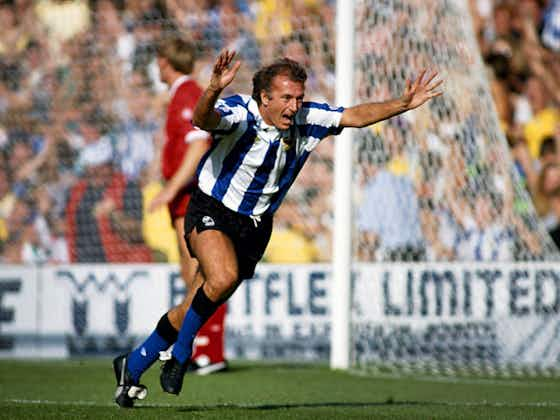
The following campaign, 1992/93, was one of the most eventful in the club’s entire history, as they ended the inaugural Premier League season in seventh but reached the finals of both the League Cup and the FA Cup.
One of the most memorable moments from that FA Cup run was beating bitter rivals Sheffield United at Wembley in the semi-finals, with Mark Bright and Chris Waddle ensuring that the blue and white half of the city had bragging rights.
The steel industry may have dwindled over the years but Wednesday’s appetite for hard work and success certainly hasn’t.
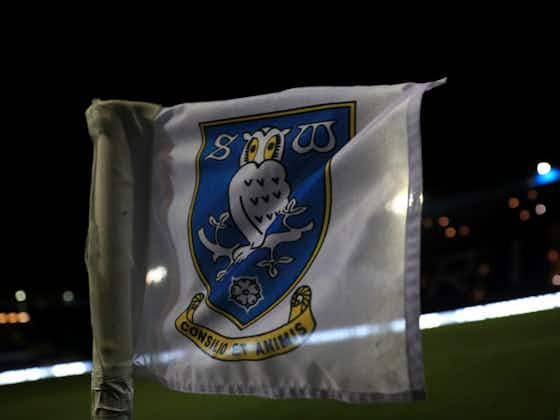
The outbreak of war in 1939 halted Wednesday’s progress in its tracks and after that the club entered its yo-yo years.
The club were relegated and subsequently promoted six times in the 1950s, however it would be the two decades that followed that hit Wednesday hardest.
In 1964 the club were dragged through the mud by the betting scandal that rocked British football. Three Wednesday players – Peter Swan, David Layne and Tony Kay – were found to have bet against their own team in an away match at Ipswich and were convicted of fraud and subsequently banned for life from the game.
On the pitch in the 1970s ,Wednesday were relegated to the Third Division for the first time in their history and almost went down to the Fourth Division in 1976, only for a late run of form to keep them up.

The 80s were steady if unspectacular but tragedy would strike at the club’s Hillsborough stadium in April 1989 when 96 Liverpool fans died after being crushed at the Leppings Lane end.
In the modern era, the Owls were once again relegated to the third tier in 2005 and five years later faced a number of winding up orders over unpaid tax and VAT bills.
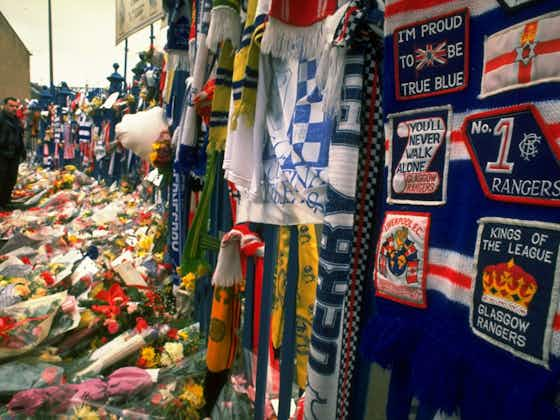
Former Portsmouth owner Milan Mandaric saved the club from going under and sold them to Thai businesman Dejphon Chansiri.
After a promising start though, they were plunged into turmoil this past summer when the EFL found Wednesday guilty of breaching spending rules and imposed a 12 point penalty on them for the start of this season. That has since been halved.
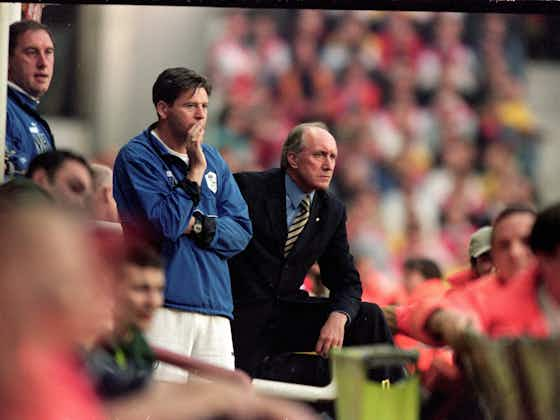
Derek Dooley was a Sheffield native who was later beloved by both Wednesday and United fans. He scored an astonishing 62 times in just 61 appearances for the Owls in the 1950s.
Chris Waddle only joined Wednesday in the twilight of his career but was instrumental in them getting to the League and FA Cup finals in 1993.
Ron Springett won 33 England caps during his time at Wednesday and starred during their early 1960s vintage.

Kadeem Harris is a pacy right winger who has been a regular under manager Garry Monk this season. An inconsistent performer who was bouncing round Championship clubs, the 27-year-old seems to have found the perfect environment at Hillsborough and has flourished.
Another man impressing in difficult circumstances is Josh Windass – son of Dean. Currently on loan from Wigan, the 26-year-old is their top goalscorer so far this season with two goals.
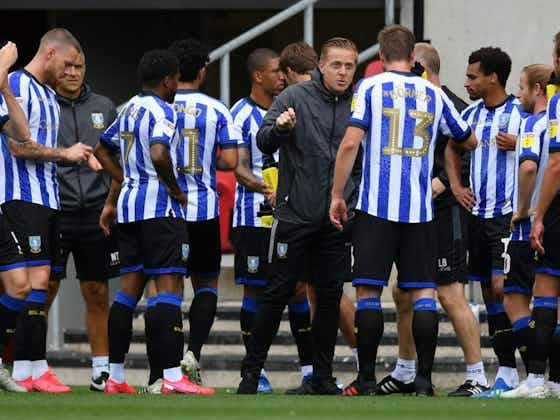
It wasn’t so long ago that Garry Monk was seen as at the vanguard of the next generation of British coaches, having taken Swansea to the last 32 of the Europa League and joint-top of the Premier League in October 2014 after famous wins over Arsenal and Manchester United.
It’s been one bad decision after another for Monk since then though, and finds himself at Hillsborough with what is likely his last shot at Championship management.
Not great, if we’re honest.
Wednesday started the season on -12 points after they were found guilty of breaching EFL spending rules, but even if that weren’t the case, the club would still find themselves in the bottom four having won just three games all season.
Six goals scored in 10 games does not survival form make.






























































